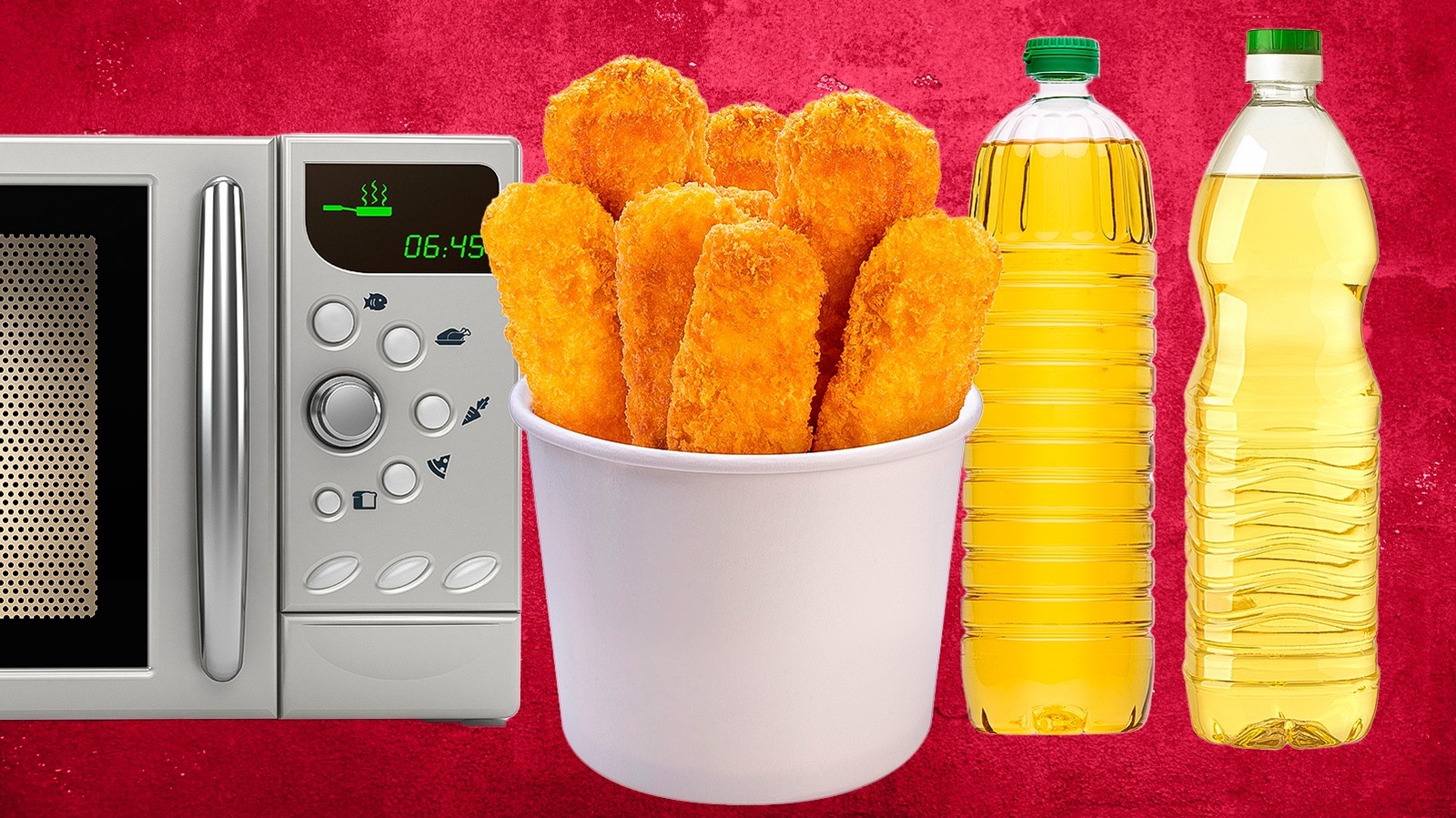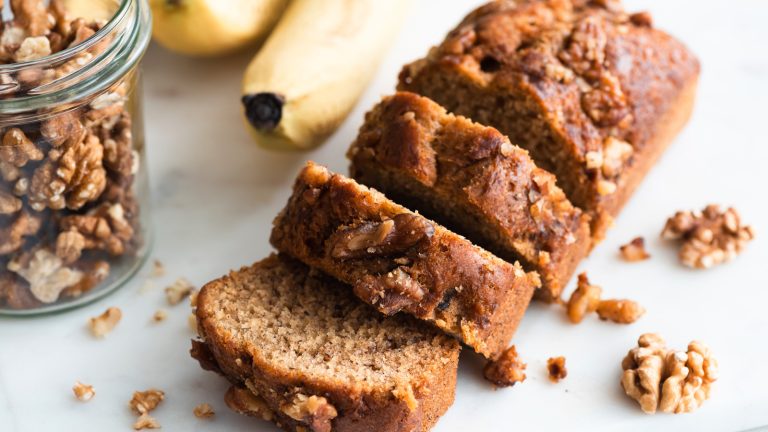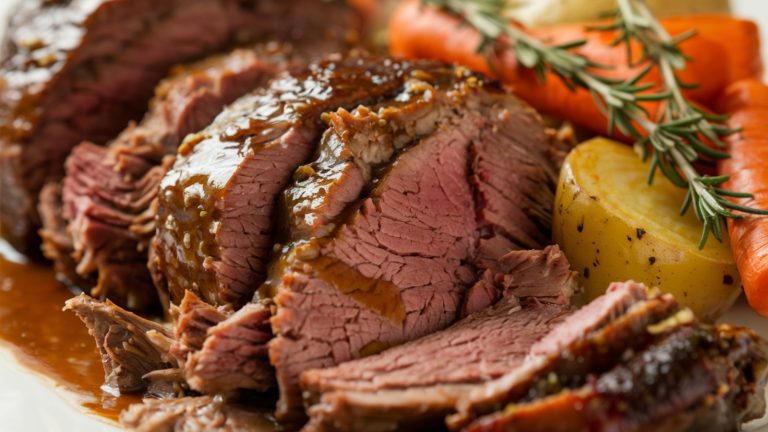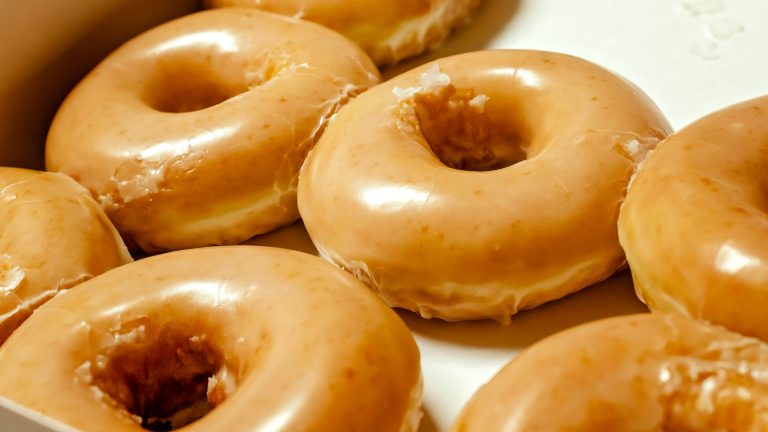Frozen fish sticks are a seemingly uncomplicated food to make, but you may still be making a few mistakes with them that are preventing you from enjoying them to their fullest potential. There’s a little more to making fish sticks taste good and have a great texture than simply rolling them out of the package and cooking them. Of course, following the instructions on the back of the package will help a lot. There are reasons behind why the instructions say to do certain things that you might be neglecting. However, there are some other mistakes that might not be so obvious.
Avoiding mistakes with fish sticks starts with the prep you do before you ever begin cooking them, continues during the cooking process, and doesn’t end until you put them in your mouth. We have suggestions for ways to upgrade your fish sticks, cooking tips, and ideas for how to enjoy them once they’re done. Sometimes, making just a few changes in your preparation method can make all the difference. So, if you’re ready to enjoy them at their best, you’ll want to learn all the mistakes to avoid when cooking frozen fish sticks.
1. Not buying the highest-quality fish sticks
Not all fish sticks are created equally. In fact, some brands can be downright disappointing. So, don’t just grab the first brand you find or the cheapest brand and expect to have the same experience you would with better brands.
We’ve tried a lot of different brands of frozen fish sticks, comparing different factors like the flavor and the texture, and the different brands you can buy are certainly not all equal. The best ones are firm, have flakier, higher-quality fish, and have a good flavor. Plus, they have a good balance when it comes to how much breading they have versus how much fish they have. After all, you want to enjoy the fish more than stick.
In our taste-test experiment, we found Pacific Seafood Starfish cornmeal crusted fish sticks to be the best of the ones tried. It’s flavorful, firm, flaky, and has lots of high-quality fish. Other top choices were Trader Joe’s battered fish nuggets and Gardein F’sh fillets (which is actual faux fish). Meanwhile, the lowest ranked fish sticks on our list were Fisher Boy fish sticks, 365 breaded fish sticks, and Gorton’s fish sticks. Fisher Boy was especially disappointing for how little fish was in each stick as well as a lack of fish taste and a mushy texture.
2. Failing to add toppings, seasonings, and spices
If you find that you’re forever disappointed with fish sticks, or you accidentally bought some sad fish sticks that have been lingering uneaten in your freezer, you should be livening them up with toppings, seasonings, and spices. There are all sorts of ways to upgrade store-bought fish sticks to make them taste better, but the first place to start are with flavorful toppings, spices, and seasonings you can add to them before or after cooking.
The flavors you choose depends on your personal tastes. We’ve seen people on social media who like to use ingredients like smoked or regular paprika, garlic powder, onion powder, black pepper, and cayenne pepper for a flavor boost. You could also try Old Bay seasoning or taco seasoning, depending on the flavor profile you’re looking for. Old Bay is common to use on seafood, but taco seasoning might be good if you’re thinking of using the fish sticks in fish tacos.
Another idea is to add Parmesan cheese to the top of your fish sticks. In fact, some brands of fish fillets actually come with a Parmesan crust, which adds to the flavor profile. This idea can work especially well if you’re thinking of going in more of an Italian direction with your meal. We especially like the idea of using fresh grated Parmesan rather than the sprinkle type. This idea would also work well with a garlic-herb seasoning blend.
3. Microwaving your fish sticks instead of using other cooking methods
When your fish sticks package doesn’t come with microwave instructions or specifically recommends against it, it’s because microwaving your fish sticks won’t give you the best results. Granted, you can do it if you don’t have time to wait for other heating methods, but the quality of your fish stick experience will suffer for several reasons.
Part of the reason why you shouldn’t microwave frozen fish sticks is the fact that microwaves simply don’t heat food evenly. So, when you test to see if they’re done or not, the ones that are still frozen can fool you into overcooking the others.
Fish is one of the many foods you shouldn’t reheat in the microwave because of how microwaving changes the texture of the fish. For one thing, microwaved fish proteins tend to tighten and become more rubbery and chewy instead of flaky and light. Plus, the microwave will give you soggy fish sticks without the pleasure of a crisp outer crust that other cooking methods like oven baking can provide.
4. Letting them thaw before cooking, especially if vacuum sealed
Some mistakes you’ve been making when cooking fish sticks are about changing the flavor or texture, while allowing them to thaw before cooking can be a mistake that puts your health at risk. So, when the packaging says to keep them frozen until you’re ready to cook them, there’s more at stake than just the texture.
First of all, it’s important to note that the instructions on the package assume that you’re cooking your fish sticks from frozen, as thawing affects cooking time and texture. If you allow your fish sticks to thaw before cooking them, you can’t follow the cooking directions on the package anymore without overcooking. That’s because it usually takes about 50% longer to cook frozen meat than it does thawed meat. However, even if you manage to get the timing right, your pre-thawed fish sticks might end up more soggy than crisp from the moisture soaking the fish sticks rather than evaporating into the oven.
A big mistake people make when defrosting seafood is to allow it to defrost in a vacuum-sealed package. The reason you shouldn’t let fish sticks thaw in a vacuum-sealed package is a type of botulism toxin specific to fish that fish can grow in the air-free environment of a vacuum-sealed package. If the fish sticks get above 38 degrees Fahrenheit in an air-free environment, the botulism can start to multiply.
5. Not realizing you should add oil when cooking fish sticks in the air fryer
If you haven’t been adding a little bit of oil on top of your frozen fish sticks before cooking them in the air fryer, you haven’t unlocked the full potential of air fryer fish sticks. In fact, there are multiple reasons for adding oil.
The first reason you might want to add oil is to give any added spices or seasonings something to adhere to when cooking. In fact, you might want to mix the seasoning with the oil and brush the two on the fish sticks at the same time. Without the oil, the seasonings are just going to fly around your air fryer instead of flavoring your fish sticks.
The other reason for adding a little oil to your fish sticks is that it’s going to help them brown a little better and become extra crispy. While you can use real cooking oil for adding to your fish sticks, avoid using the type of cooking spray that comes in a can since it is known to sometimes damage the nonstick coating on air fryers. Also, be sure not to add so much oil that the fish becomes simply greasy rather than crisp.
6. Expecting them to cook the same if you don’t preheat the oven
When cooking instructions for fish sticks mention preheating the oven, it’s not simply a suggestion if you want the best results. We know you want to get to your fish sticks as quickly as possible, but there are a couple of reasons why you will probably want to slow down and wait for the oven to reach the right temperature before putting your fish sticks inside.
First of all, if you put the fish sticks in the oven and allow them to heat with the oven, you’ve completely changed how long they should take to cook. So, whatever cooking time is listed on the packaging is no longer correct, and you’ll have to just keep guessing when the right time is to take them out of the oven.
The other reason you want to put them in a piping hot, preheated oven or air fryer is a textural reason. Sticking them into a blazing hot oven ensures that your fish sticks will come out with maximum crispness instead of getting soggy as they thaw in an oven that’s just heating up.
7. Crowding fish sticks rather than cooking them in a single, well-spaced layer
It’s certainly easy to just dump fish sticks straight out of the box or bag without paying attention to where they land on the pan before baking. However, fish stick spacing matters if you want the best possible texture and even cooking. So, when your packaging talks about evenly distributing the fish sticks in a single layer for cooking, there’s a good reason.
One reason you don’t want your fish sticks touching in the pan is because all the areas where they touch will share moisture and not crisp up like you like them. So, be sure they’re well-spaced when you place them in the pan so that they’re not cooking in each other’s moisture. In fact, you’ll want to give them as much space as possible to allow plenty of air to circulate around them. If they’re touching or simply just too close to each other, you may end up not only with soggy rather than crisp sticks but also sticks that aren’t evenly done because they were too close to allow hot air to circulate where it needed to go on the stick.
8. Not flipping them halfway through the baking process
If you don’t flip your fish sticks halfway through baking, you’re probably not going to be as happy with their texture as you would if you had flipped them. While most packages will probably remind you to turn them over at the halfway point, we’re reminding you just in case the package doesn’t.
If you keep them on the same side through the whole cooking process, only one side is going to get browned the right amount. When you flip your fish, you end up evenly browning both sides. If you don’t flip your fish, one side may even stay a little soggy. So, unless you happen to like fish sticks that are soft (or even soggy) on one side and crisp on the other, you’re going to want to remember to set a timer to flip them halfway through the baking time.
9. Using the wrong oil if you fry fish sticks
If you decide to fry your fish sticks, using the wrong oil can ruin your meal. Not only does the oil you use affect the texture and flavor, but you also want to make sure you’re using oil that can handle the temperature you need to get it for frying your fish sticks.
First of all, you’ll be frying your fish at a temperature between 350 and 375 degrees Fahrenheit. So, you need to use an oil that can tolerate such high temperatures. Thus, it needs to have a smoke point that’s above 350 degrees Fahrenheit. You’ll want to go even higher if you’re not able to keep the temperature of the oil consistent. Thus, olive oil and coconut oil might be a little iffy with smoke points that are a little lower.
The other thing to consider is that you want to use oil that’s going to taste good with fish. Thus, it needs to be fairly neutral-tasting so that you don’t think more about the flavor of the oil than the flavor of the fish and breading. So, that’s another strike against olive oil. So, when considering smoke point and neutral flavor, the standouts for frying fish are canola oil, peanut oil, and cottonseed oil. However, one of our favorites that meets this criteria is rice bran oil since we’ve found that it leaves no aftertaste.
10. Not checking their internal temperature before declaring them done
Nobody likes to bite into a fish stick that’s crispy on the outside but still cold on the inside, which is why you need to be checking their internal temperature just like other meats you cook. Having a hot outside breading layer can certainly fool you into thinking they’re done inside.
The temperature fish sticks should be internally is 165 degrees Fahrenheit or even hotter. Don’t just break one open, stick your finger to it, and declare it done. Instead, get out your meat thermometer and make sure it really is hot enough. Granted, according to the USDA, fish and shellfish are safe at 145 degrees Fahrenheit. However, fish stick cooking instructions tend to suggest 165 degrees Fahrenheit, which is the temperature the USDA suggests for leftovers. Since you’re reheating pre-cooked food, this is the best temperature to be sure that you kill off any bacteria that might have colonized the fish during the production process.
11. Cooking fish sticks for too long
Not cooking fish sticks long enough to get the internal temperature high enough is problematic, but cooking them too long can cause problems, too. So, you have to find a way to strike a happy medium.
The longer you cook fish, the more the texture can change for the worse. Instead of being light and flaky, overcooked fish gets tough and can even become rubbery. Basically, what happens is that, the longer the fish cooks, the tighter the proteins become, which is what ends up changing the texture.
The other problem with overcooking fish is that all the natural oils will start to ooze out and evaporate in the heat of the oven, just like any other type of liquid. Not only does loss of oil affect the moisture level, but it will also affect the flavor. So, be sure not to overcook them because nobody wants tasteless, dry, and tough fish sticks.
12. Eating them plain rather than adding acidic notes or a dipping sauce when they’re done
Your fish sticks might come plain, but you shouldn’t be eating them plain. Instead, you’ll want to add a little zest of flavor or a dipping sauce to make the eating experience more enjoyable.
Some people enjoy just a kick of flavor from something acidic. Even a squeeze of lemon juice can work to brighten the flavor experience. Malt vinegar is another common option.
Another way to improve the experience is with a dipping sauce. There are all sorts of sauces that pair well with seafood. Just decide if you’re in the mood for something creamy or not. Some ideas for creamy fish stick sauces include lemon and herb aioli, tartar sauce (regular or spicy), or a mixture of mayo and sweet chili sauce, remoulade, and ranch dressing. However, despite what you might have assumed if you’ve watched enough “Dr. Who,” they’re not so great with custard. Some non-creamy fish stick sauce ideas include sriracha (or just your favorite hot sauce), tonkatsu, plum sauce, cocktail sauce, sweet and sour sauce, barbecue sauce, or ponzu.
13. Forgetting you can use fish sticks as a base for other dishes
If you have a bunch of fish sticks in your freezer and you haven’t felt inspired enough to eat them, you’re probably forgetting that you don’t have to eat them alone. They can work in all sorts of dishes.
Probably one of the most obvious ways to use up your fish sticks is to use them as the fish portion of fish tacos. If you’re not particularly in the mood for Mexican food, they work just fine in a sandwich. Add some shredded lettuce or cabbage and a squeeze of lemon or lime juice to either sandwich, and it’s good to go with your favorite appropriate condiments (like tartar sauce for the sandwich or sour cream with Mexican seasonings for the taco).
You might also enjoy it as the meat portion of a bowl, starting with a base of rice and your favorite veggies and sauces. They also work nicely on a salad, adding both meat and something with a crunch for textural interest — kind of like the crunch of croutons.





